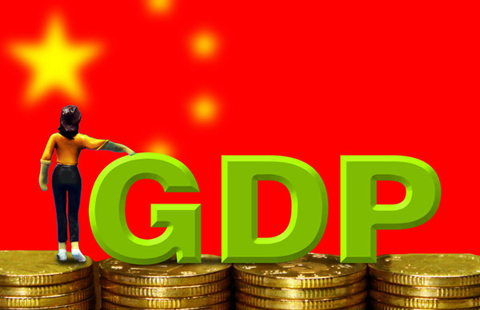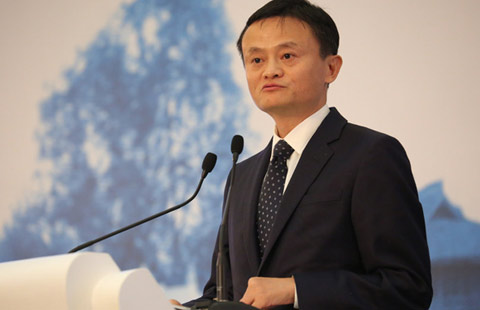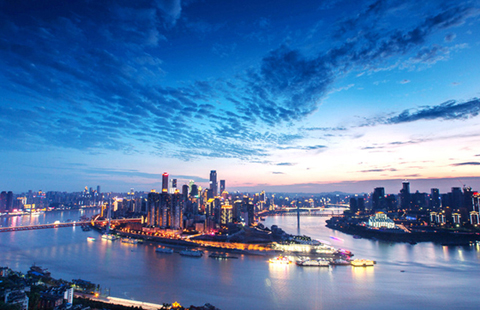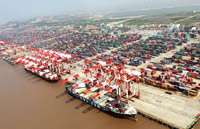Confidence in Chinese, regional economies increasingly hinge on reforms
(Xinhua) Updated: 2015-01-23 09:54"Compared with 1998, there is more room for slower growth. Back at that time, workers were being laid off. There was also the Asian financial crisis. The state-owned enterprise reforms were underway. Even the pressure in terms of the population was larger, " he said.
"Now it is different, the overall labor population is declining," he said when he compared China's current reforms with those in the late 1990s.
An economist team of ANZ Research led by Liu Ligang said in a recent report that allowing economic growth to slow down would help create more maneuvering space for China's structural reforms.
"Looking forward, we expect the service sector to contribute a larger part of China's economic growth and become the main driver. As the imports of China gradually shift from imports for the purpose of processing trade to general imports, China's imports will also lead to more growth opportunities for the global economy," said the report.
Even in the short term, there does not seem to be much to worry about.
"The businesses in the region and around the world will calibrate their expectation" in making investment to target slower growth rather than growth of around 10 percent seen in the previous decade, Song said.
- China's economic reforms, regional initiatives bring global benefits
- Give China its due in global economy
- China unveils plans to activate existing fiscal funds
- Economic data move toward new normal
- China's 'new normal' of investment brings new opportunity for win-win
- Ministry confident of stable trade growth in 2015
- Capital outflow risks 'manageable'
- Online purchase complaints increase
- China rebukes Outlook hacking allegation
- Bank unveils loans worth 590b yuan for infrastructure
- Apple steps up China expansion with new store in Hangzhou
- Domestic ratings agency warns of P2P bubble
- Xinjiang lake in bumper fishing season
- Sale of Alibaba stake 'will cut Yahoo down to size'
















